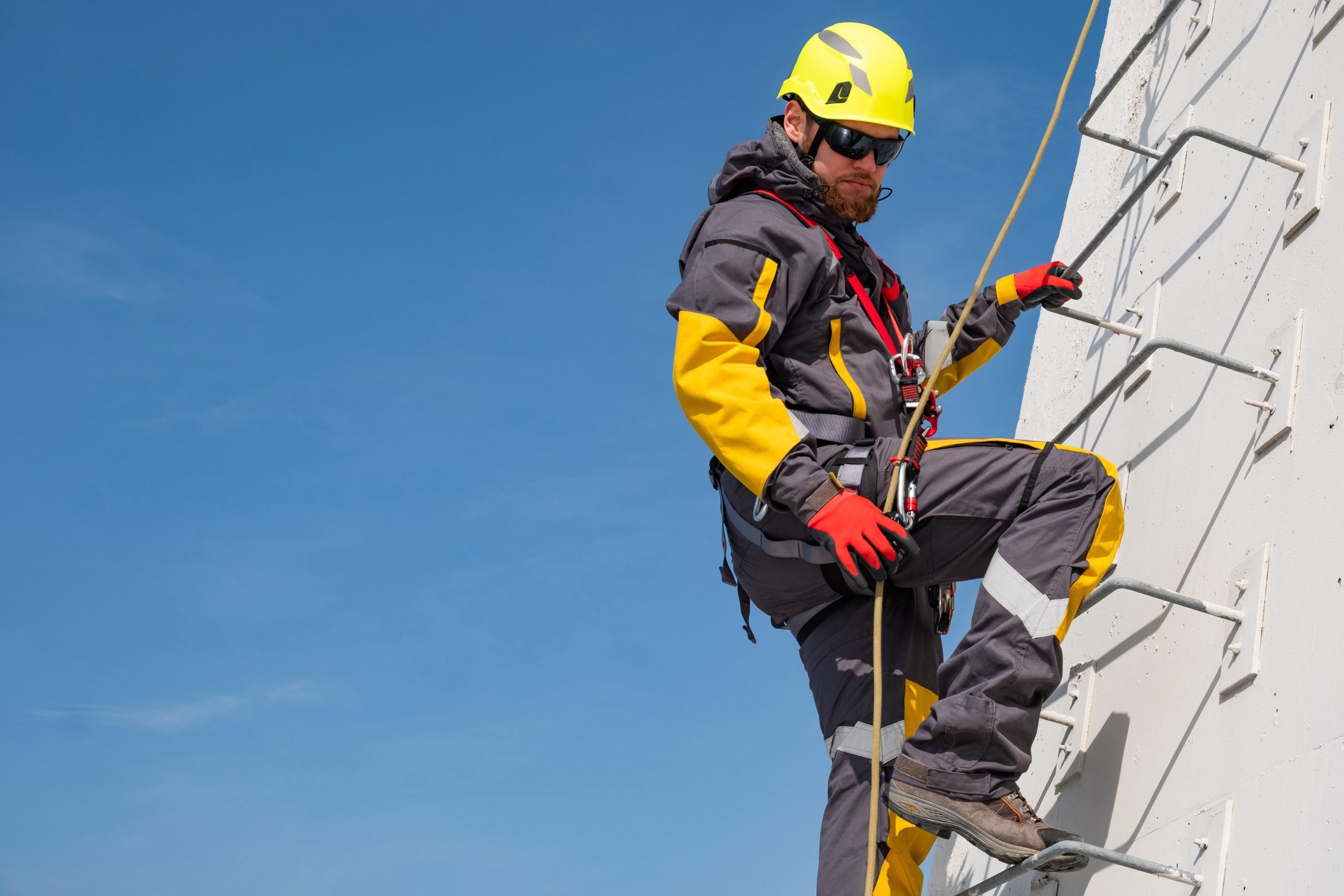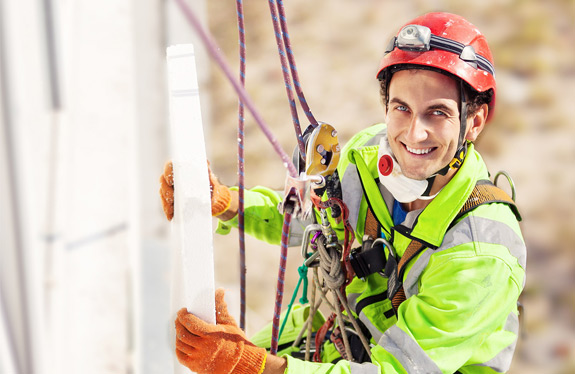
Working at heights
Working at height involves risk, and the right knowledge is essential to ensure safe working conditions. This course provides you with the necessary skills to work safely at height, in line with current regulations and HSE requirements. You will learn about risk assessment, use of scaffolding, hoists, fall protection equipment and safe working practices. The course is suitable for anyone working at height, including construction workers, fitters and maintenance personnel. The aim is to prevent accidents and ensure a safe workplace for everyone.
Objective
Provide participants with the necessary knowledge and skills to carry out work at height in a safe and efficient manner, while complying with applicable health, safety and environmental laws and regulations. The course has several key objectives, including: increasing awareness of fall risks, selection and correct use of equipment, understanding regulations and requirements, and promoting safe working practices.
Target group
The course is intended for anyone who performs or is responsible for work at height, and who needs to have knowledge of safety and risk assessment in such situations. For example: managers, building and construction workers, fitters and technical personnel, employers and HSE managers, maintenance workers, electricians and plumbers, safety officers and training personnel.
Course topics
Introduction to working at height / Laws and regulations / Safe use of equipment / Choosing the right work equipment / Preventing accidents at work / First aid and rescue
What do you receive?
Diploma
Language
The course is available in Norwegian and English.
Practical training
This course does not require practical training.
Other
This course must not be confused with documented training on work equipment. If you are going to use fall protection equipment, scaffolding or lifts, you must take a fall protection course, scaffolding course or lift course respectively.
This online course can be completed whenever and wherever you want, on desktop, mobile or tablet. The course is pedagogically structured in modules with video, text, images and a final test.




